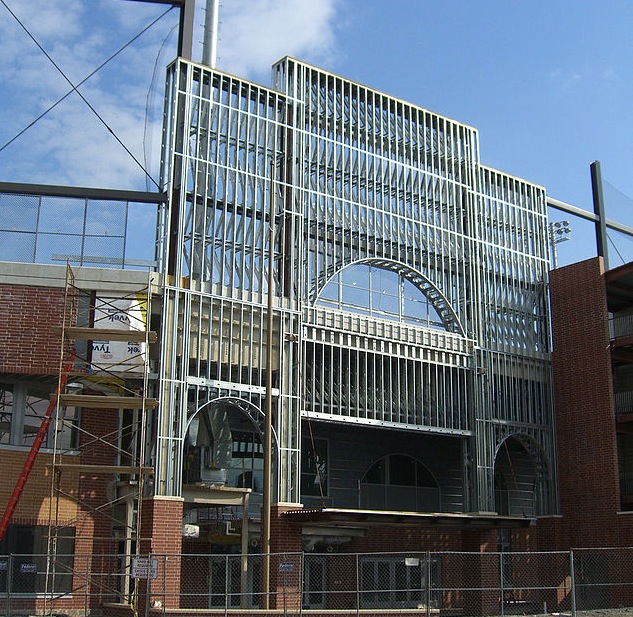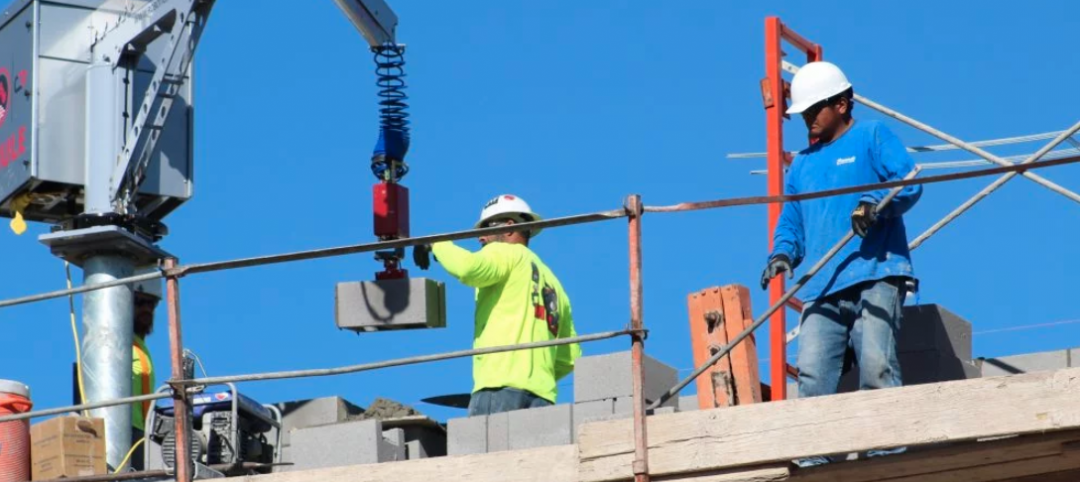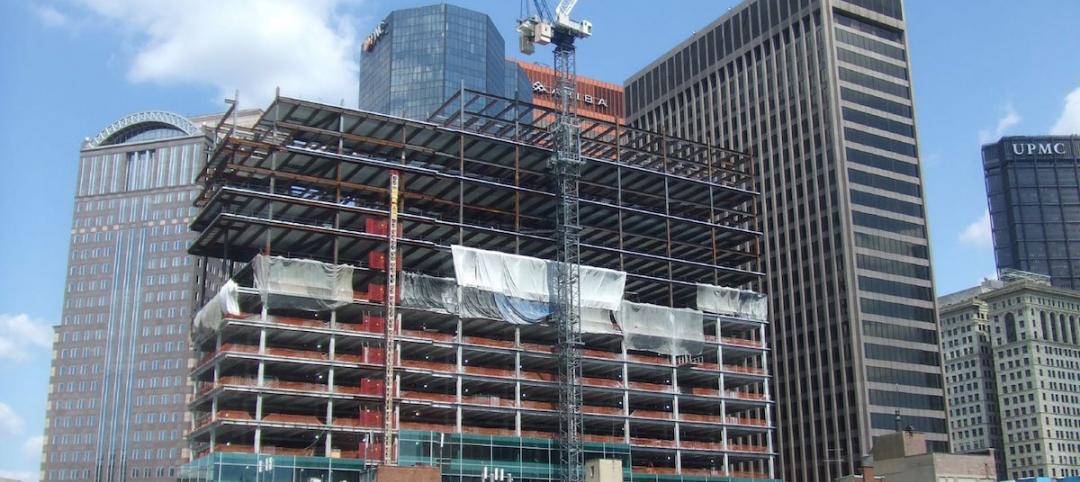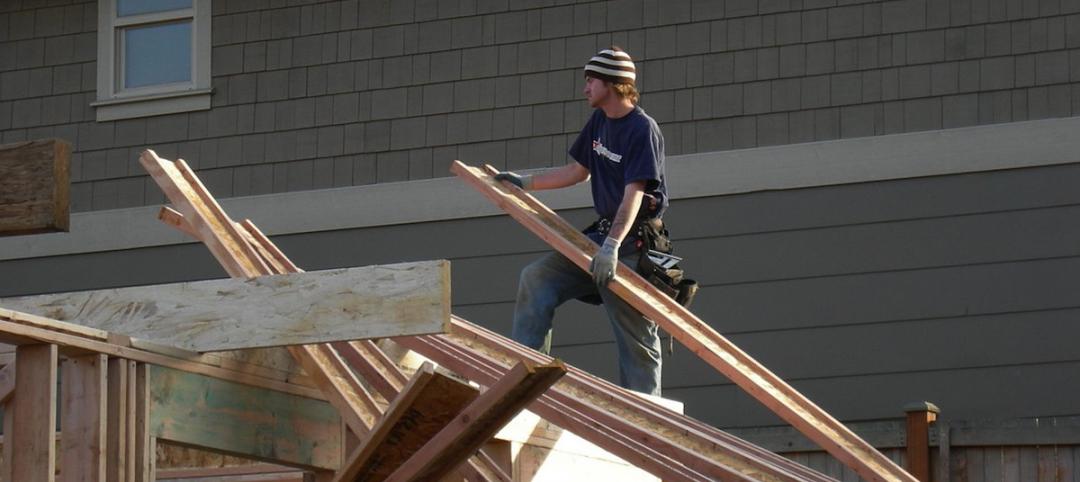As spending for residential and nonresidential construction has climbed, everyone’s trying to determine what the “new normal” will be. But should comparisons with previous spending peaks be relevant when we now know that some of those peaks bore little relationship to demand?
I started thinking about this again while reading a recent commentary by Software Advice—a web platform that helps buyers identify and compare different software solutions—about the Census Bureau’s latest valuation of construction work put in place.
Census estimates that total construction spending in July grew to an annualized $981.3 billion, a healthy 9.8% over the same month a year earlier. Software Advice pointed out, though, that the July estimate fell 22% below the $1.2 trillion peak in the spring of 2006.
Nonresidential construction spending, up 8.6% in July year-to-year to an annualized $617.8 billion, was a bit stronger than residential, up 7.6%. (Spending in remodeling services is holding up a bit better.) But Software Advice noted that spending on construction for healthcare and education projects still lags previous peaks, while spending on manufacturing and energy projects had almost fully rebounded to pre-recession levels. Software Advice infers from these data that the energy sector could be the most promising in terms of spending growth.
Historical comparisons are useful because they provide much-needed context in a world that’s infatuated with quarterly and monthly results. But I have to wonder whether pre-recession numbers actually inform us about future, particularly about a housing market that’s essentially rebooted over the past few years.
Remember the pre-recession good old days, when, according to DataQuick, only 9% of all households in San Diego could afford to purchase a median-priced home in that market? Such disparities didn’t prevent home prices there and just about every place else from escalating until 2007, when we all came to the uncomfortable realization that home values had mutated as a result of dubious mortgage lending practices and out-of-control securitization.
The level of recovery the construction sector ultimately achieves remains uncertain, even as ever-optimistic home builders recoup lost profit through price appreciation that has seen the median price of new home jump more than 24% to $275,600 from the median for calendar year 2010, according to National Association of Home Builders estimates.
The commercial side is no easier to predict, either, partly because about 45% of total spending is public, and governments right now are scrounging for cash. And while private-sector spending for nonresidential construction rose by a robust 14% in July over the same month a year ago, it was still 17% below the October 2008 peak of 412.7 billion.
In the final analysis, I’d be careful about drawing conclusions from previous spending patterns to predict what’s coming next, at least until the country’s full-time employment picture improves consistently. Past may be prologue in some industries, but in construction it could also be a mirage.
More from Author
John Caulfield | Dec 18, 2019
Reconsidering construction robotics
After decades when experts predicted that robots would become more prevalent on construction sites, it would appear that the industry has finally reached that point where necessity, aspiration, and investment are colliding.
John Caulfield | Nov 29, 2015
Leadership or limbo: Moving to building green’s next level
After interviewing more than 50 AEC firms for our Greenbuild Report in the November issue, I wonder if the sustainability movement has hit a wall in the nonresidential construction sector.
John Caulfield | Dec 22, 2014
What Building Teams can learn from home builders' travails
Commercial and residential construction can be as different as night and day. But as one who covered the housing industry for nearly a decade, I firmly believe AEC firms can learn some valuable lessons from the trials and tribulations that home builders experienced during the Great Recession, writes BD+C's John Caulfield.









